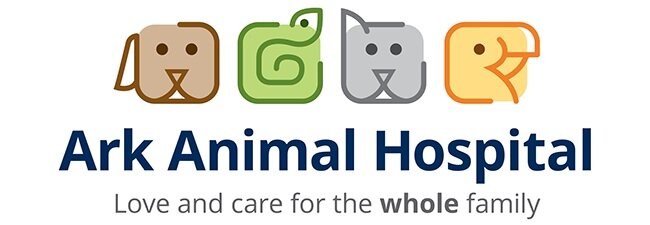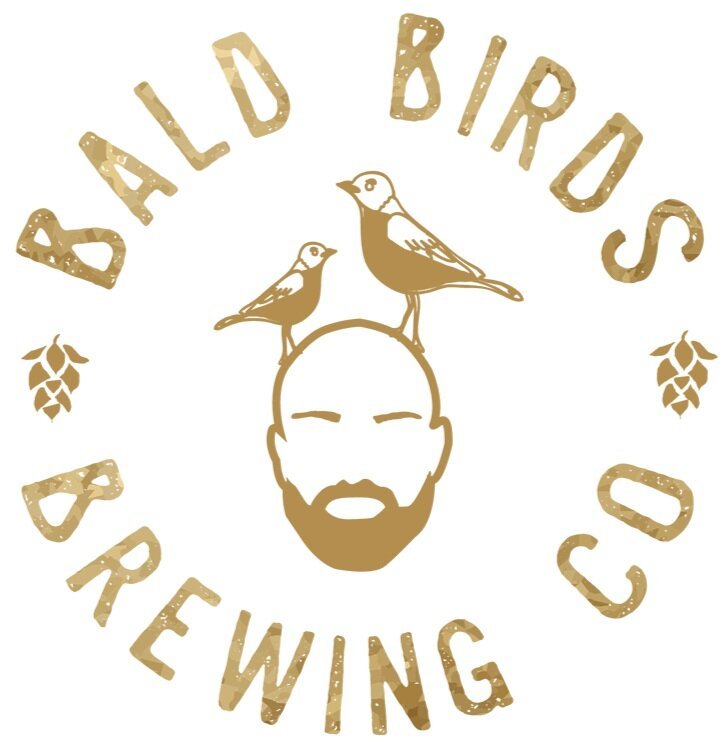By Michele Wellard, Assistant Director
Here is a rescue story from a few years ago, just in time for throwback Thursday.
We got a call at the wildlife clinic about a goose at a local canal, 2 minutes away, who had a blow dart through his neck. Rick and I went down to the site, and there were many Canada Geese there – at least 30 hanging around. Soon, though, we spotted the one with the dart. It went straight through his long neck, and out the other side.It looked like this:
About 4 inches long, this was what was in the goose’s neck
Since we know the anatomy of a goose, we were worried that this dart penetrated the esophagus and or the trachea, so it could either start to obstruct his breathing or his eating.
So, we started the process of trying to catch him. We brought lots of goose treats, including bread, which is not good for them, but which they like and they are used to people feeding to them, and this was an emergency. (this is the ONLY time I would support feeding them bread. This was a life of death emergency for the goose, and we needed him to want to come to us). Our objective was to get ‘dart goose’ close enough to grab.We brought healthy goose snacks, too - cracked corn, apple and popcorn.
So we started to feed the geese and get them to come to us. They did. They came right up to us, close enough to touch. They ate our food. Except dart goose, who stayed on the periphery, only occasionally eating. He was nervous, possibly because he knew of his ‘difference’ or because he knew, despite the subtle nonchalance we were trying to project, that we were actually focused on him. Who knows what clues we were showing with our body language? He was much more nervous than the other geese.
After a while, we gave up. We came back the next day, and gave up, too. Ultimately, we came back 5 days in a row. Rick and I were getting good at giving each other signals to isolate and surround the ‘target’ goose, but still he evaded us. We hadn’t t actually made an attempt to grab him at this point yet.
After about 3 days, the dart goose started to eat our food more readily. He started to trust us and join the flock. On the fifth day, we got him close. He was eating out of Rick’s hand. Rick looked at me and signaled me with his eyes to guard the goose’s escape. Then, he grabbed for the goose, and got him. All the other geese flew and ran away. The dart goose looked at us like we had betrayed him, and we had. We earned his trust over 5 days, and betrayed it by grabbing him.
We stuffed him into a box and took him to the clinic. I wanted to cry.
The dart was cleanly right through his long neck. It looked like we could pull it right out, but we felt a tiny lump at the point of entrance and exit of the dart through his neck. We decided to take him to one of our vets with an xray machine.
The goose with the object of human cruelty straight through his neck.
It turns out the dart went right through his trachea, but not his esophagus. This is why he could still eat with no problem. But the lumps we felt on the outside were present on the inside, too – scar tissue forming around the entrance and exit of the dart. The vet said that the scar tissue would grow , both on the inside and outside, eventually obstructing the goose’s breathing and killing him. The vet felt confident, though, that he could pull the dart straight out. He did.
We kept the goose a few more days to give him a few more free meals so he could put on a little weight. Then we took him back to the canal, and to his flock. He leapt from our box, back into the water, and joined his flock, an outcast no more.
Free of the injurious object, the goose recovers for a few days prior to release













